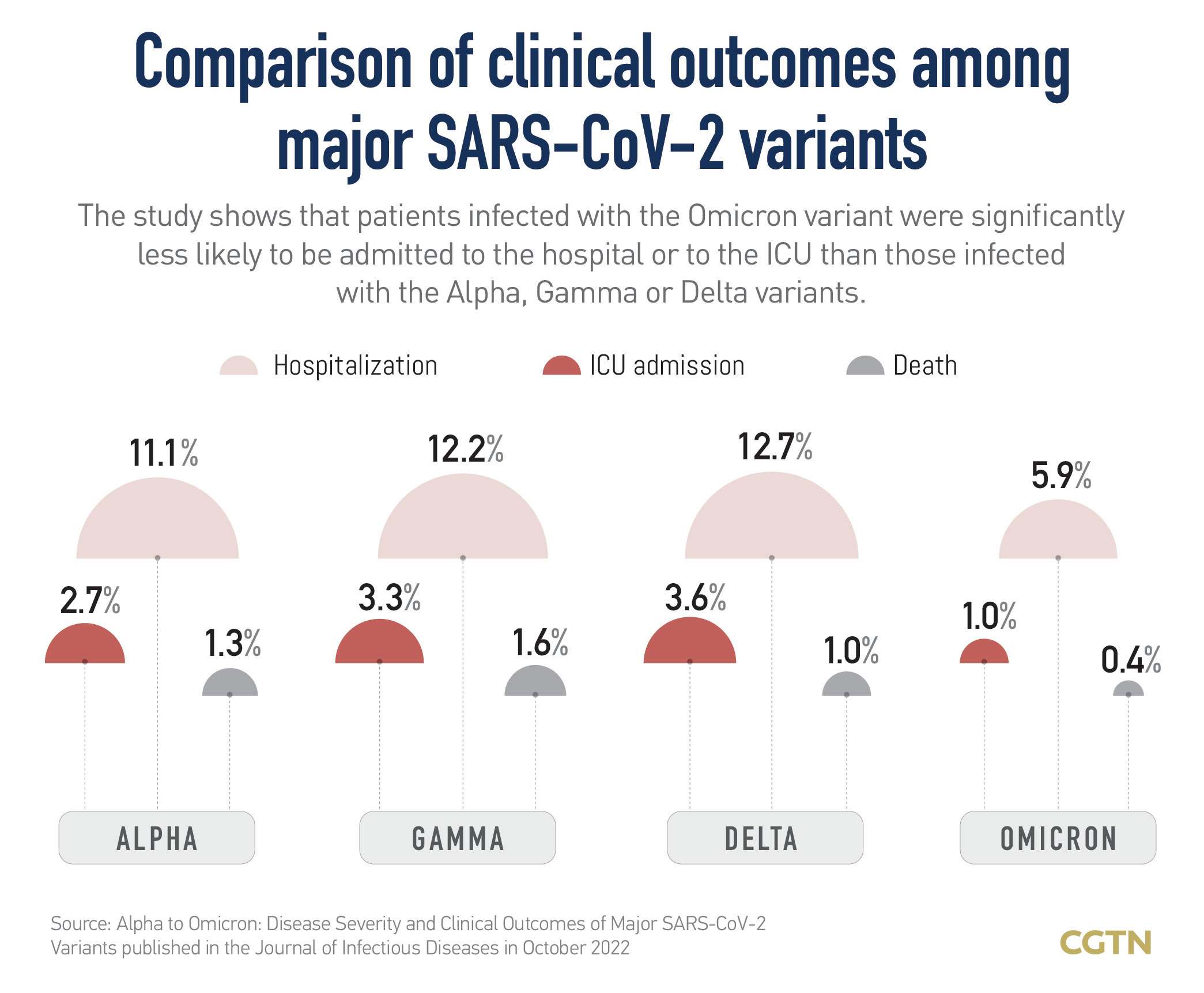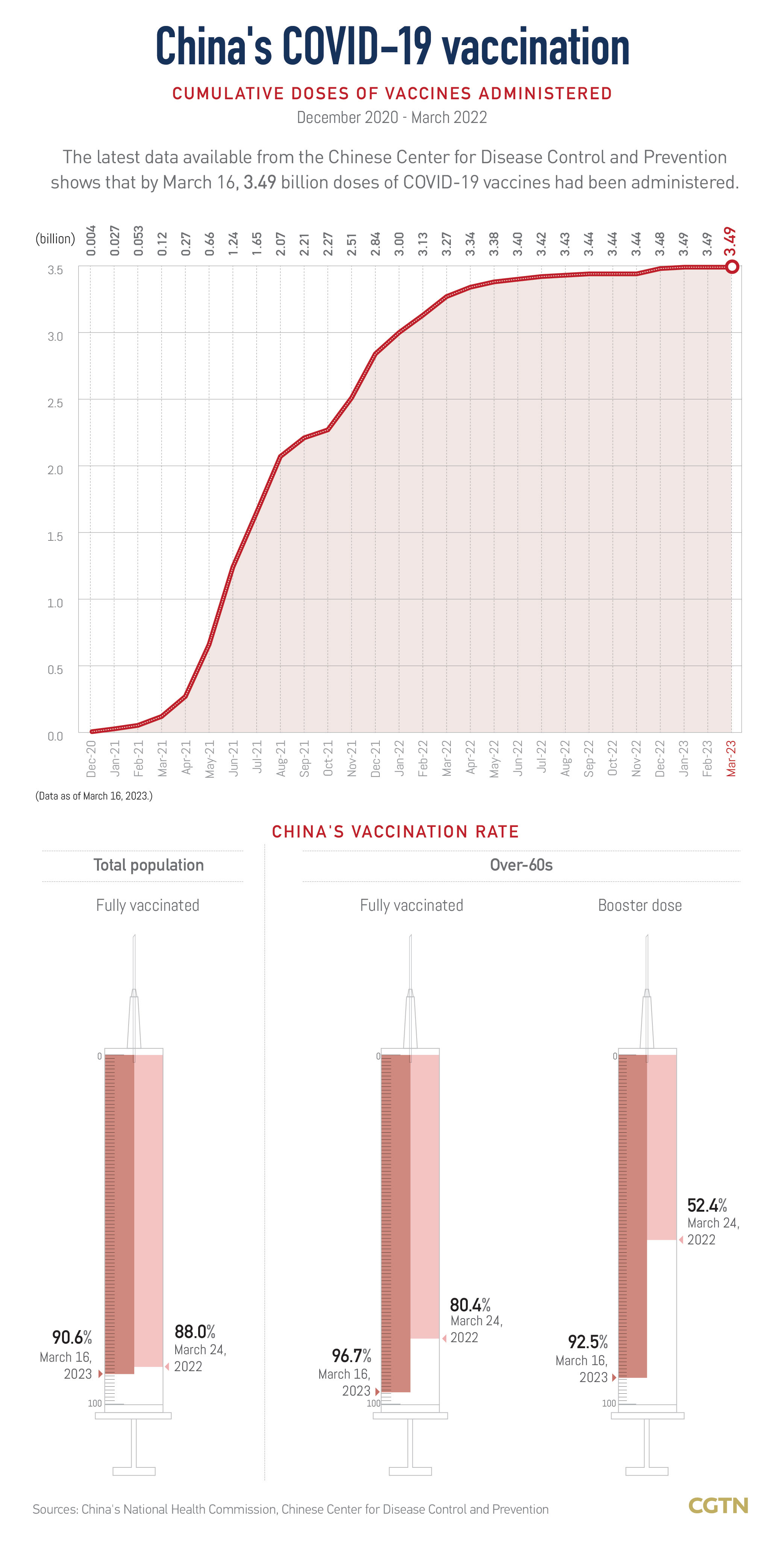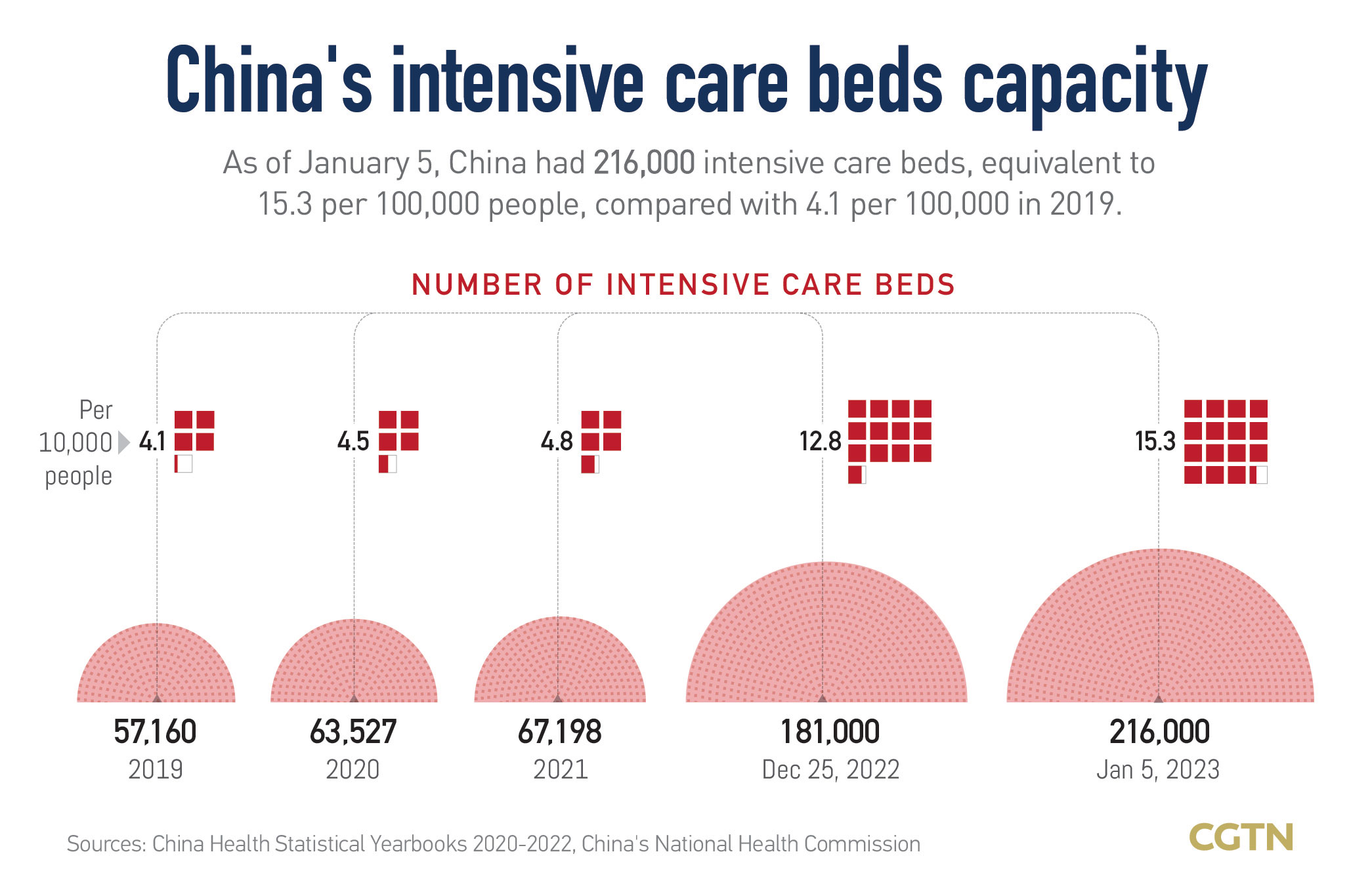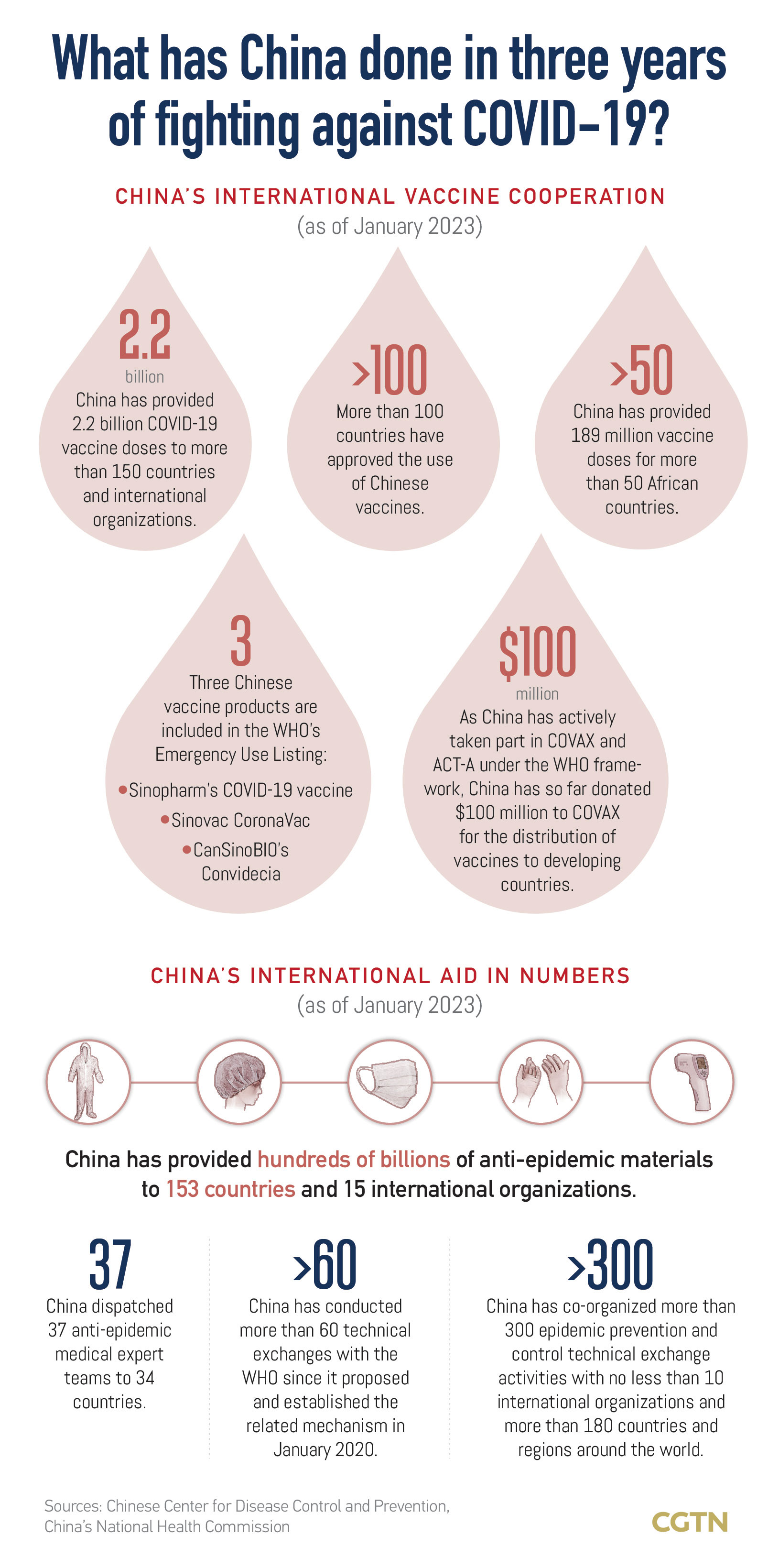China has achieved a major and decisive victory in its COVID-19 prevention and control, the Standing Committee of the Political Bureau of the Communist Party of China Central Committee said at a meeting last month.
Over the past three years, China has prevented widespread infections caused by the more pathogenic original strain of SARS-CoV-2 and its Delta variant, an approach which has helped keep the death toll to a minimum while buying time for the development of COVID-19 vaccines and therapeutics.

China started COVID-19 inoculations in December 2020 and launched booster vaccinations in October 2021. A total of 3.49 billion doses of vaccines have been administered nationwide to 1.3 billion people. Over 90 percent of the country's population have been fully vaccinated.
Meanwhile, China has been accelerating vaccination among high-risk groups. In November, the country released a work plan to improve the vaccination rate among the elderly. At present, 96.7 percent of over-60s who have met the recommended vaccination interval have been fully vaccinated and 92.5 percent have taken booster shots.

With Omicron much less pathogenic and deadly and China's treatment, testing and vaccination capacity steadily increasing, China announced 10 new measures to lift numerous COVID-19 restrictions in December 2022 and eliminated mandatory quarantine requirements for overseas arrivals from January 8, 2023. The management of COVID-19 was officially downgraded from Class A to Class B.
As China shifted the focus from stemming infection to caring for people's health and preventing severe cases, it invested heavily to expand treatment capacity and ensure medical supplies in less-developed rural areas.
In early 2023, China had 216,000 intensive care beds and 135,000 convertible ones. Rural areas have established a health service network, with 23,000 county-level medical institutions, 35,000 township hospitals and 599,000 village clinics providing services for patients.

In the past three years, China has actively participated in global health governance, provided international assistance, shared anti-pandemic experience and taken other practical actions to inject great impetus into the worldwide battle against the pandemic.
After the outbreak of COVID-19, China was the first to support the waivers of intellectual property rights for COVID-19 vaccines and to conduct vaccine production cooperation with other developing countries.
China has taken an active part in the COVID-19 Vaccines Global Access (COVAX) Facility under the World Health Organization framework. More than 220 million doses of China's Sinopharm and Sinovac COVID-19 vaccines have been shipped to the recipient countries through COVAX.
China has provided over 2.2 billion doses of COVID-19 vaccines to more than 120 countries and international organizations, according to the State Council's Joint Prevention and Control Mechanism. Hundreds of billions of anti-epidemic materials have been provided to 153 countries and 15 international organizations.
